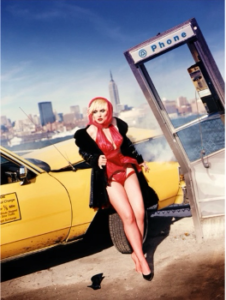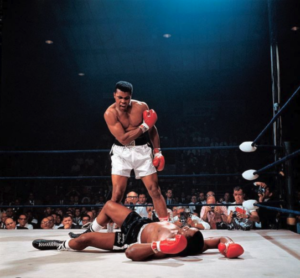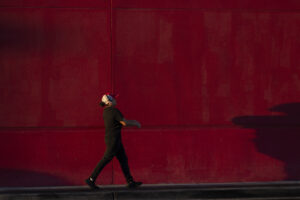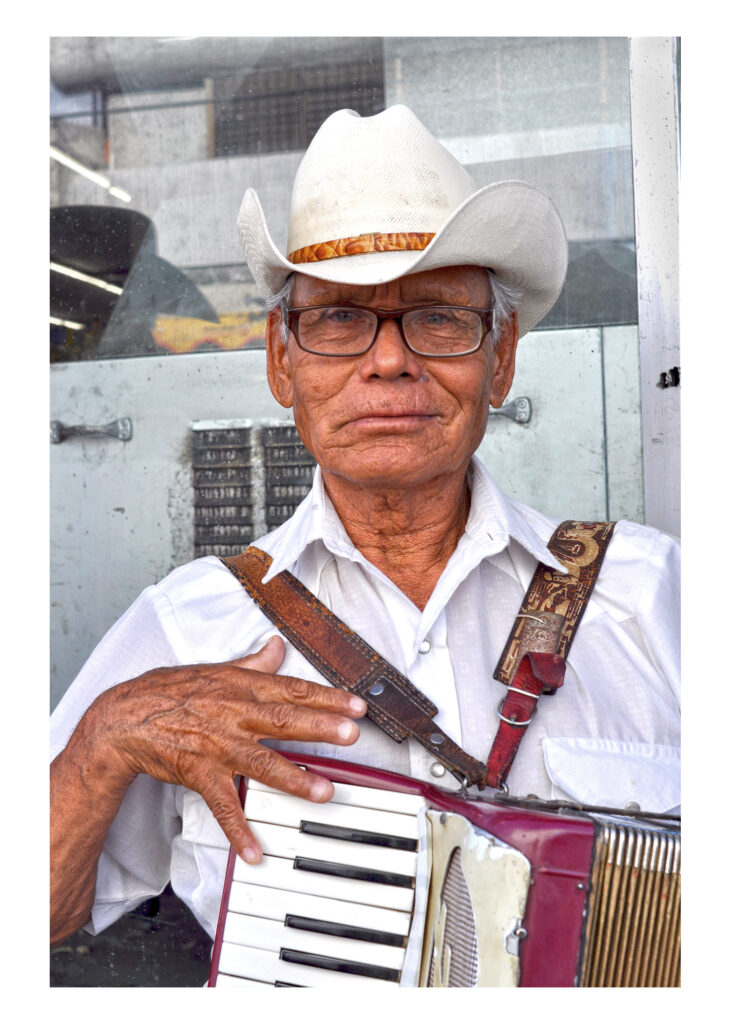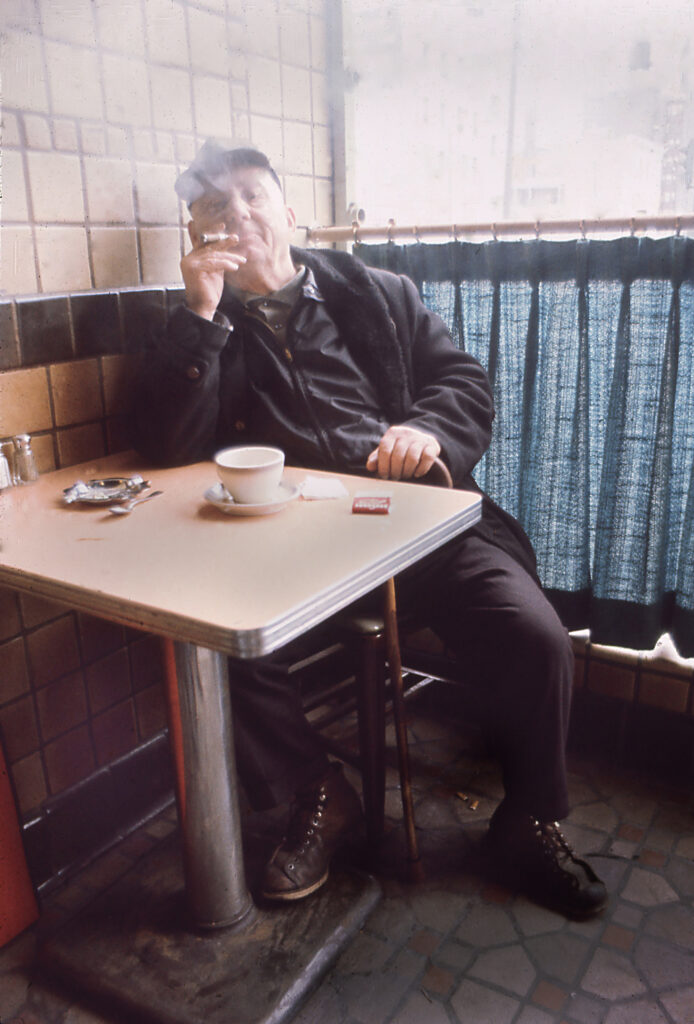INTO THE JAWS OF DEATH
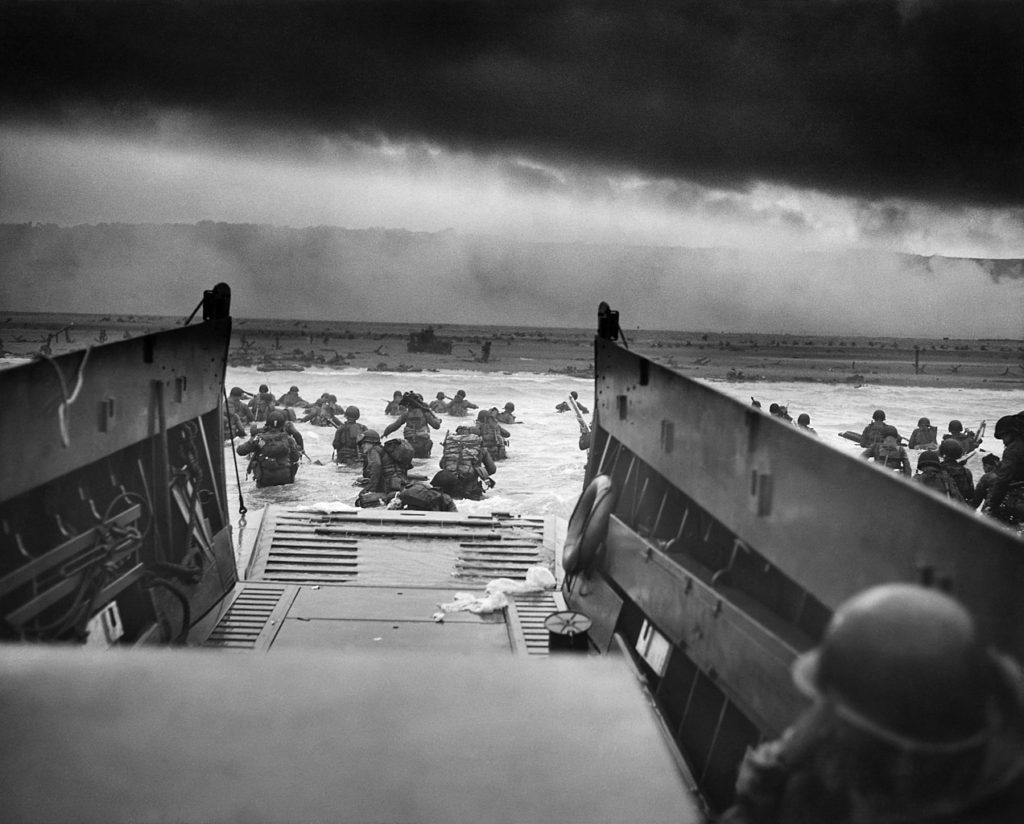
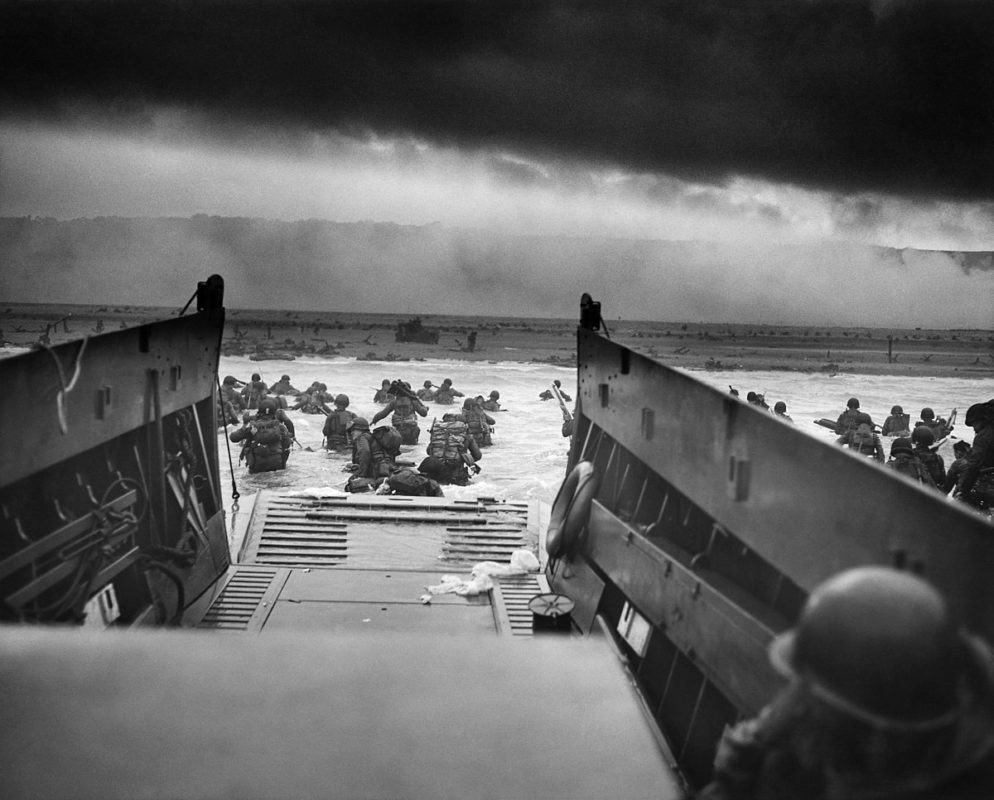
This photo, titled Into the Jaws of Death, was taken by Robert F. Sargent on the morning of June 6, 1944 depicting the landing of U.S troops on Omaha Beach, France in on of the last battles of World War 2.
1. I think the main reason why I love it so much is that it clearly shows a very significant moment in modern history. The content is incredible and tragic, while the quality of the photo is impressive technically as well.
2. The light comes from the sun above, but the extreme overcast does not leave anything overexposed and makes an already black & white photo much grayer than most.
3. The timing is great as it shows the troops still in motion as they have barely exited the landing craft and are wading in shallow water toward the shore. Nothing looks static as motion can also be seen in the waves and fog in background. In a grander context, capturing the moment of troops landing just before partaking in violently fatal mass invasion is a great achievement. In war, I know there are lots of photos taken during a conflict or the destruction left in the aftermath, but there’s something about this photo being taken before the conflict begins that grips me.
4. To me, the historical context of the Normandy Invasion certainly makes the photo great. But I think what is shown implies the significance of the photo even to someone who didn’t know the history behind it. Of course, the troops landing and making their way toward shore is the focal point, but everything around out it adds to the photo as well. The grey fog that distorts the view of the hills overhead, the near black clouds above enveloping the whole landscape, the barriers littering the shores of the beach, and the metallic structure of the ship dominating the bottom third of the picture that’s probably keeping the photographer safe all add to the bleak and tragic feel that makes this photo great.
5. A photo like this is impossible to replicate as the context of it plays such an important role. But it would be possible to capture another historic event here in El Paso moments before the climax and even during it. And of course, the landscape of fog covering the hills and grey overcast could also be found a few days a year where we live.

